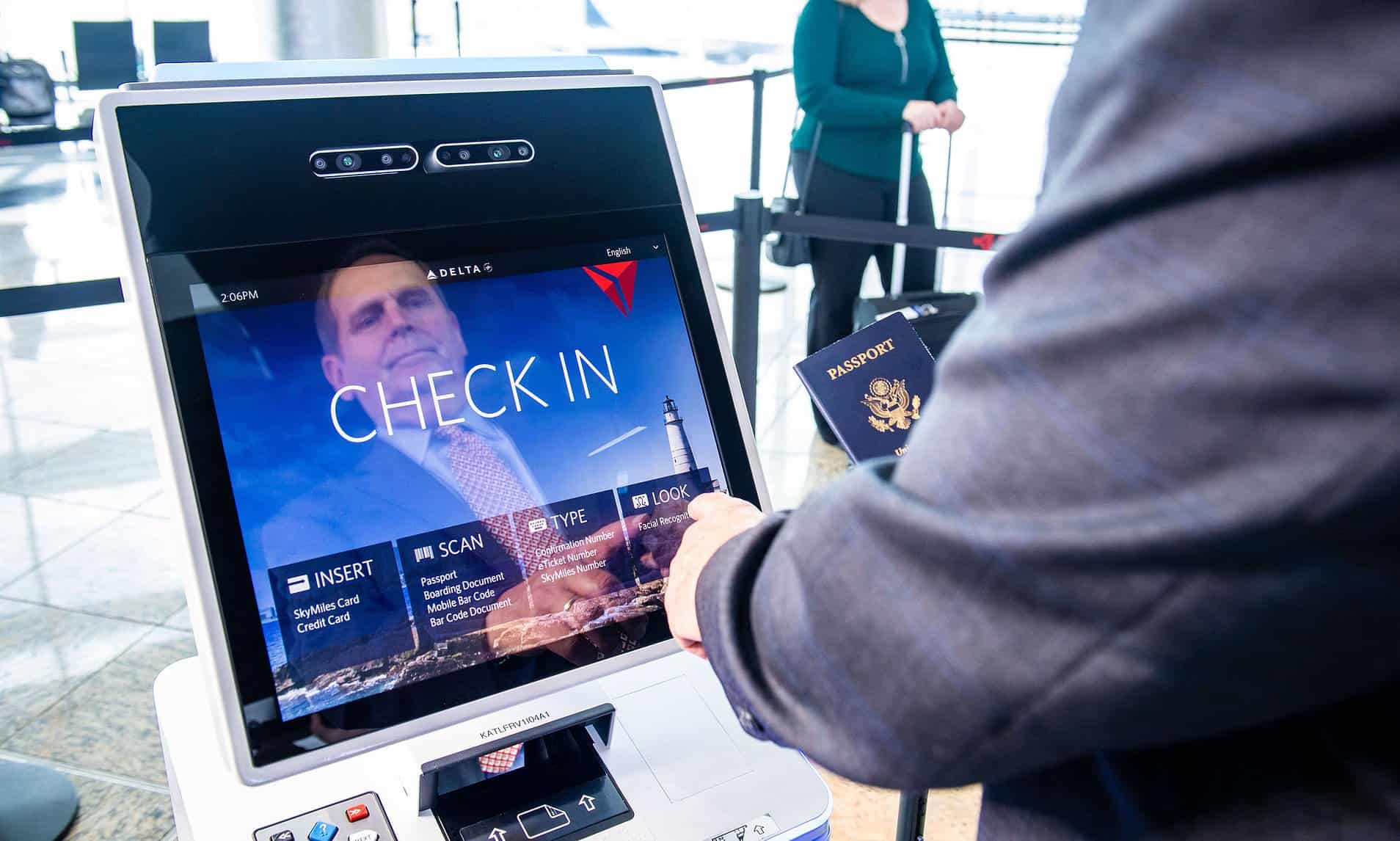The Gulf Cooperation Council countries have made significant changes in how consumers use Information and Communication Technology (ICT) over the last two decades, which has made a big difference in the services they provide to people, a report says.
According to the GCC ICT Use Index 2021′, a report released by Orient Planet Research, and Abdul Kader Al Kamli, UAE has maintained the lead in the use of ICT because it was the first to adopt these technologies.
Other governments don’t lag behind much and have taken even more initiatives and investments in this sector.
Highest internet users globally
The report said that GCC countries have pushed their way to the top of both the Middle East region and the world, with an above 98 percent increase in internet users in 2021 (global average is 63 percent) and 137.66 percent of their total population as active mobile subscribers, compared to the world average of 55 percent.
UAE scores high
The UAE came out on top with 5.43 points in the GCC ICT Use Index for 2021, followed by Kuwait with 3.74 points, Saudi Arabia 3.64 points, Qatar 3.62 points, Oman 3.49 points and Bahrain sixth with 3.38 points.
According to the research, for the four sub-indicators, the UAE ranked first in
- Internet users indicator (100 percent).
- Mobile telephone service subscriber indicator (185.78 percent).
- Fixed broadband subscription indicator (32.81 percent)
- Mobile broadband subscription indicator (224.24 percent).
The findings also revealed that the UAE had the highest number of landlines among GCC countries as compared to its population with a score of 24.07 percent, followed by Saudi Arabia (16.51 percent), Qatar (15.78 percent), Bahrain (15.67 percent), Kuwait (13.66 percent), and Oman (12.68 percent).
Internet Connectivity
With an internet user share of 0.551 megabits per second (Mbps), the United Arab Emirates ranked top in the GCC in terms of international bandwidth per internet user (bit/s).
Bahrain and Saudi Arabia rounded out the top three with an internet user share of 0.454 percent and 0.351 percent, respectively.
Oman came in sixth, with an internet user share of 0.152 Mbps, followed by Kuwait at 0.167 Mbps and Qatar at 0.184 Mbps, respectively.
Increased spending on ICT
Expectations show that ICT spending will rise significantly throughout the upcoming years. Experts estimate the gulf region’s ICT spending in digital infrastructure to be over $70 bn by 2024.
And according to a report by the Middle East Institute, UAE’s ICT spending is estimated to reach $23 bn by 2024, while Qatar’s spending will be around $9 bn, and Kuwait’s spending is predicted to reach $10.1 bn by 2024.
At the same time, Bahrain’s spending is expected to grow at a compound annual growth rate (CAGR) of 8.6 percent from $1.4 bn in 2019 to $2.1 bn in 2024, driven by liberal business policy and advanced infrastructure, says Global Data.
In comparison, Saudi Arabia ICT spending is set to reach $30.9 bn, and public sector spending will reach approximately $3 bn by the end of 2022, according to International Data Corporation (IDC).








